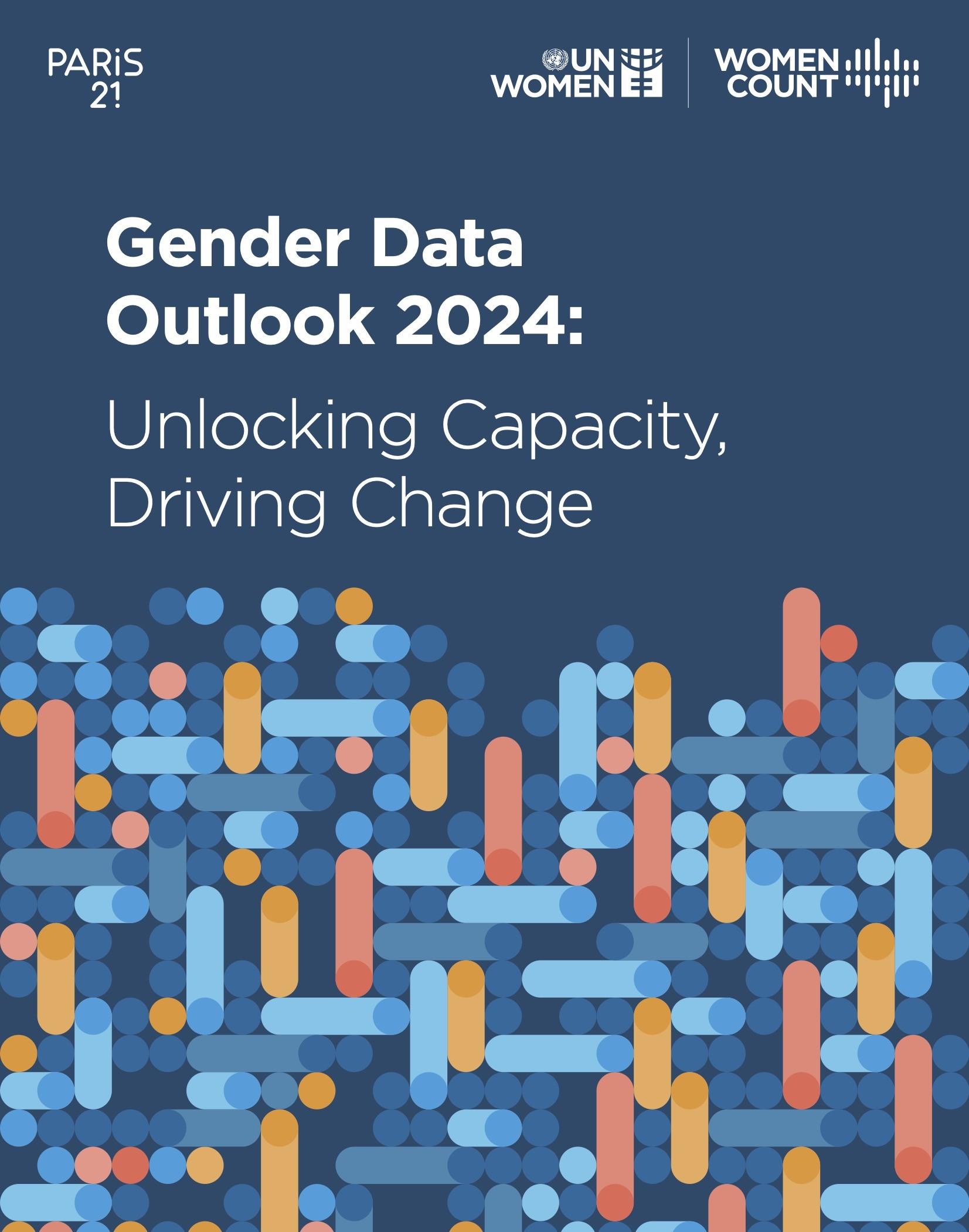Gender data are important tools for advancing gender equality, but to achieve their maximum impact, investments in gender data systems must be strengthened, not just in production of statistics but in building institutional capacity and strengthening data sharing and use.
To address the critical question of how diverse investments in gender data translate into meaningful change for women and girls, UN Women and PARIS21 are introducing the Gender Data Outlook (GDO), a report that assesses countries' levels of statistical maturity using a new global framework and corresponding measure for gender data capacity.
Measuring countries’ gender data capacity
The GDO introduces a novel approach to measuring gender data capacity across countries along four dimensions: 1) an enabling environment; 2) production; 3) accessibility; and 4) use. The GDO is unique in that it covers the full gender data value chain, emphasizing data use as the ultimate outcome of data production in order to drive impact of the data.
The GDO Index incorporates the first three dimensions, documenting how countries vary in their capacity to plan for and produce gender data and make it accessible to the public, identifying the factors that underpin and drive these differing capacities.
Data use, the fourth dimension, was not included in the index because of limited available data to measure it. Instead, the GDO also introduces a novel typology of gender data use based on a qualitative analysis of 58 cases of documented gender data use across 30 countries.
GDO Index scores by country and dimension, 2024

